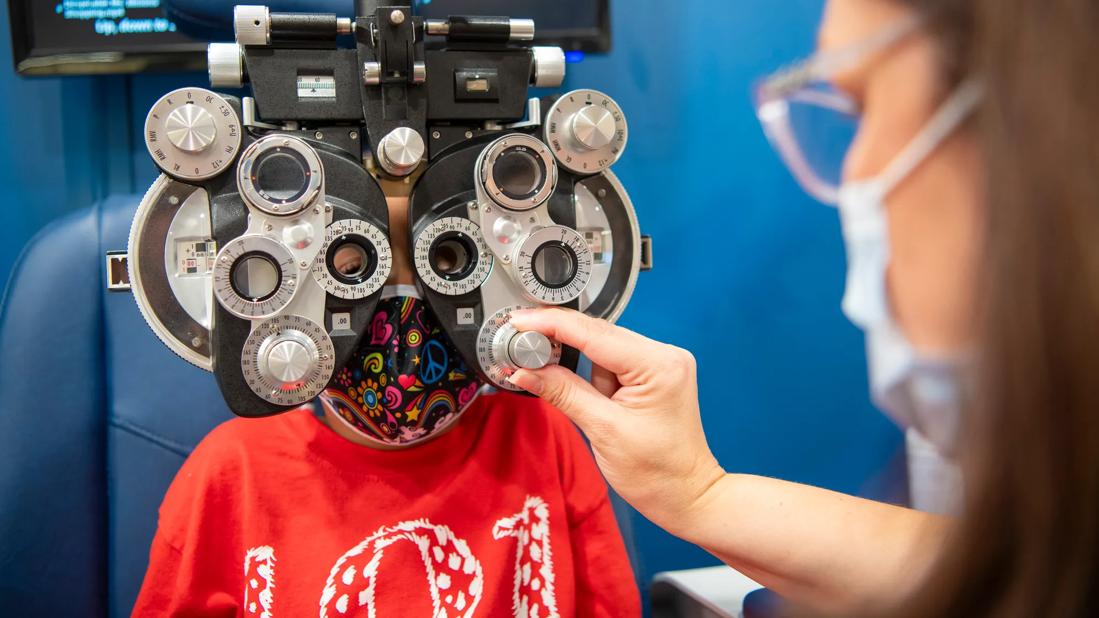Virtual visits, hybrid visits and remote monitoring will be new normal

Advertisement
Cleveland Clinic is a non-profit academic medical center. Advertising on our site helps support our mission. We do not endorse non-Cleveland Clinic products or services. Policy
The curve has flattened. Social distancing during the COVID-19 pandemic has succeeded in reducing the anticipated incidence of infection. Unfortunately, it also succeeded in reducing the clinical volume of many medical practices.
Ophthalmology was the hardest-hit specialty, with a 79% drop in patient visits from early March to early April, according to researchers at Harvard University and healthcare technology company Phreesia.
Now that social distancing efforts are relaxing, we are preparing for another unprecedented experience: reopening medical practices and resuming patient visits while COVID-19 continues to loom.
Will the incidence of cases spike as stay-at-home orders are lifted? How do we provide eye care for patients while reducing the risk of viral transmission? How do we protect caregivers? There’s a lot we soon will learn.
At Cole Eye Institute, we are planning to use a variety of tactics to restart our practice in the safest way, including:
Advertisement
These changes will become the new normal for Cole Eye Institute and, likely, other eye clinics. They are the first of many ways we all will need to adapt to continue keeping COVID-19 at bay.
Dr. Singh is an ophthalmologist at Cleveland Clinic’s Cole Eye Institute.
Follow him on
Facebook: @docrishisingh
Instagram: @drrishisingh
Twitter: @drrishisingh
Advertisement
Advertisement

Patients report improved sense of smell and taste

Clinicians who are accustomed to uncertainty can do well by patients

Unique skin changes can occur after infection or vaccine

Cleveland Clinic analysis suggests that obtaining care for the virus might reveal a previously undiagnosed condition

As the pandemic evolves, rheumatologists must continue to be mindful of most vulnerable patients

Early results suggest positive outcomes from COVID-19 PrEP treatment

Could the virus have caused the condition or triggered previously undiagnosed disease?

Five categories of cutaneous abnormalities are associated with COVID-19